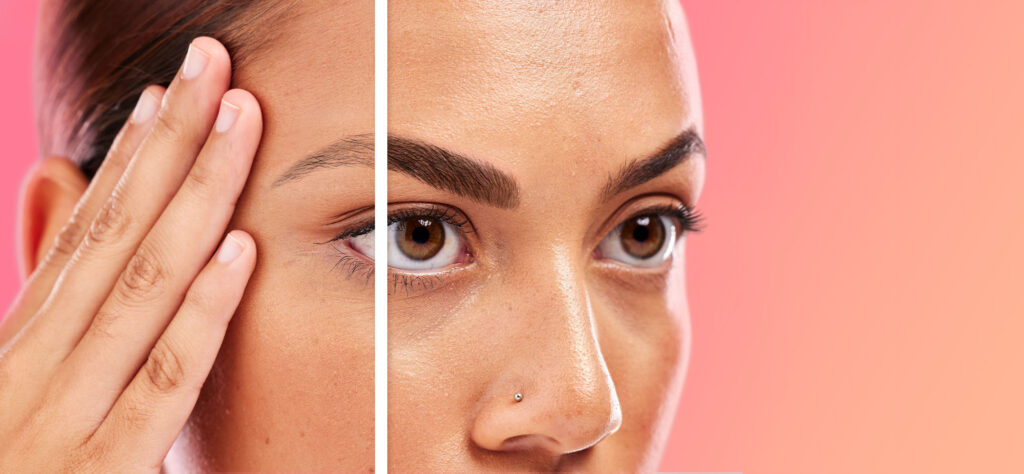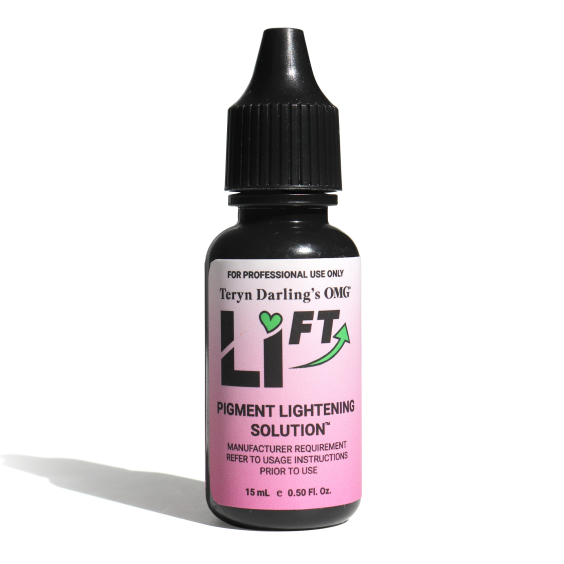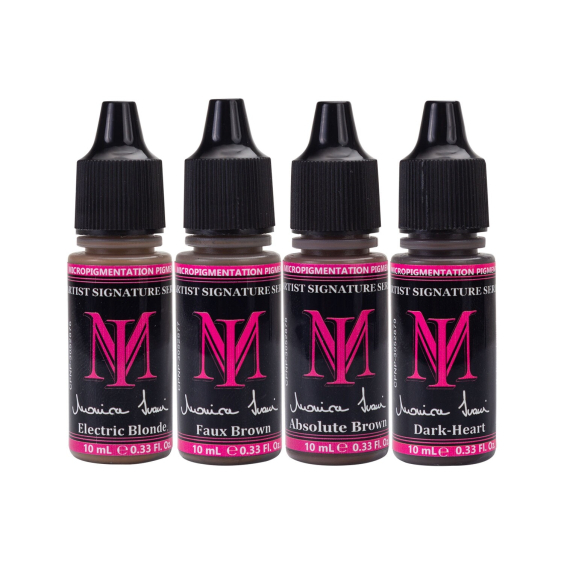PMU Removal – Is It Inevitable?
As a permanent makeup artist, you’ve more than likely thought about whether PMU removal is necessary, or if it’s better to cover-up. PMU removal is the process of eliminating or lightening old permanent makeup pigment that is still present within the skin, such as eyebrow, eyeliner, or lip colour.
For certain clients, such as those who’ve had multiple treatments over several years and experienced saturation, it may be the only option. Or for those clients who had PMU in the past before recent advances in chemistry and technology, meaning that the pigments used may be more prone to discolouration over time and may last longer than desired in the skin.
In other cases, cover-up might be the better choice. It all depends on the client, the treatments they’ve had, and the pigments used. If you’re conflicted about when to opt for removal or cover-up, we’re here to help and have some useful tips about minimising the need for removal in the first place!
When Is PMU Removal Necessary?
As we’ve mentioned, whether PMU removal is necessary can depend on different factors. Some reasons why you might recommend it to your client or why they might opt for removal themselves include:
- Changing preferences: Trends and styles might change so a client might eventually want a different look or shape.
- Poor initial results: If the client has had a treatment that has been carried out incorrectly or hasn’t met their expectations due to colour choice or technique used, they might want to start fresh, making removal the best option.
- Oversaturation: This can occur if too much pigment has been deposited into the skin causing blurring, migration of the pigment, discolouration, and uneven appearance. In cases of oversaturation, cover-up wouldn’t be suitable.
- Incorrect pigments used previously: A lack of experience or education on pigments and colour theory can result in the wrong pigments or colours being used for the client’s skin type. As a result, there could be discolouration or migration of pigments later down the line, meaning removal is necessary.
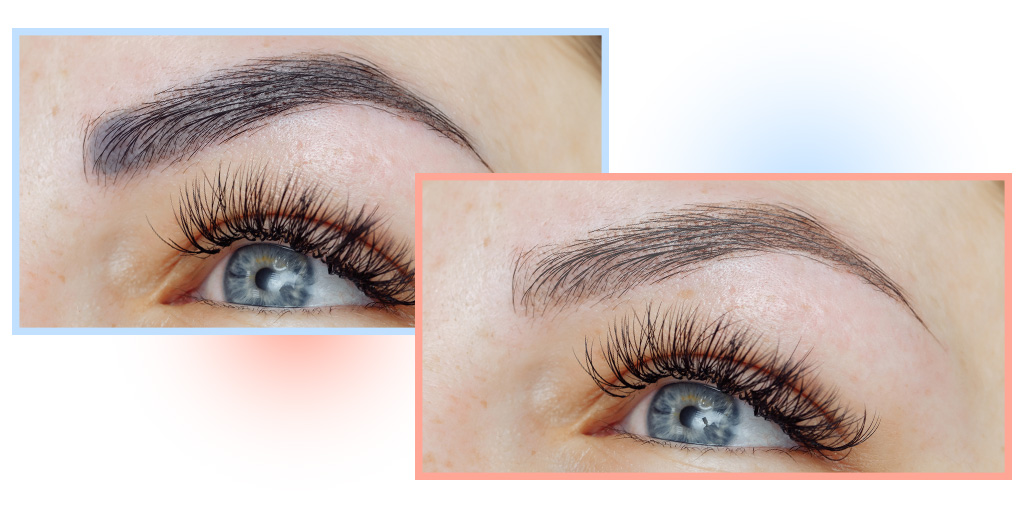
How To Minimise The Need For Removal
Our biggest tip for minimising the need for removal is to invest in your PMU education to ensure you are continuously building your knowledge and skills to provide the best experience for your clients!
- Work lighter: When working, make an effort to use a lighter pressure and less intensity to achieve a softer and more natural look. This can reduce trauma to the skin, minimise the risk of the pigment migrating, and encourage gentle fading. You can always add more pigment at top-up but if you have over-saturated, you cannot take pigment away – without removal.
- Understand colour theory: Knowledge of colour theory can help reduce the need for removal by ensuring you’re choosing the correct pigments and modifiers for each client. This includes understanding value, hue, tone and undertones in both the client’s skin and pigment, to reduce the risk of unwanted tones developing.
- Learn pigment science: Having an understanding of pigment science, including chemical composition and the exact colourants used within each pigment, can help ensure you select stable pigments and prevent colour distortion. If you know what colourants are in your pigment, you will have a clearer understanding of how these will react and age in the skin over time.
- Consider inorganic based pigments: Inorganic based pigments tend to fade and soften more gradually in the skin and provide a less saturated look. If your client doesn’t want a permanent commitment, this would be a better option for them.
Some of our favourite inorganic based pigments are the Monica Ivani Signature Series, a range of inorganic-based eyebrow pigments for a soft and quicker fade and pre-mixed for ease of use; and the Tina Davies FADE set, a collection of pigments made using inorganic ingredients and designed to fade gently over time.
The Monica Ivani pigments and Tina Davies pigments in these sets are perfect for those who want a more subtle or sheer healed result – for a natural, undetectable enhancement.
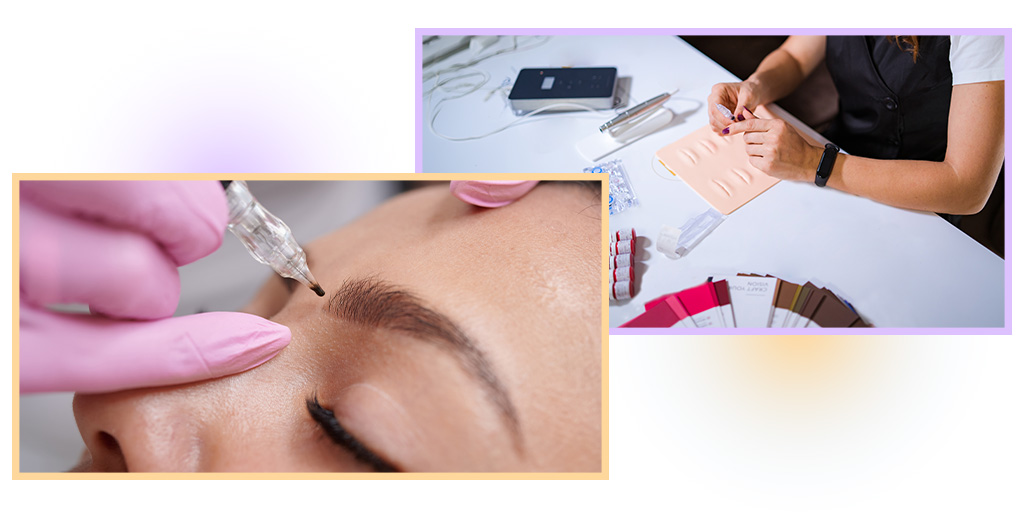
Methods of PMU Removal
There are several methods of PMU removal, including laser removal, chemical and saline removal. Laser removal involves using targeted light beams to break down the pigment particles in the skin. The treatment is effective for a range of pigments but may require more sessions depending on the client’s skin type and the colour of the pigments used. It is also more effective on some colourants than others and not suitable for all healed treatments.
Saline removal involves using a tattoo machine and needle cartridge to implant a saline solution into the skin to lift and expel pigment particles through the process of osmosis. This technique is often used for various types of permanent makeup and is less invasive than laser removal. The saline solution interacts with the pigment, causing it to rise to the surface, where it can then be naturally shed. This is often the preferred treatment due to fewer sessions being needed, and no harsh chemicals within the formulas.
Chemical or acid removal involves a similar method, but the product used will typically contain a chemical component or active ingredient to break down the pigment within the skin.
At Killer Beauty, we stock Li-FT Pigment Lightening Solution, which is considered one of the safest and most effective saline lightening and removal products on the market. It contains all-natural ingredients with a formulation made of lemon and orange seed extracts for combined fading and exfoliation. It also contains Aloe Barbadensis for soothing and healthy healing as well as Calendula Extract for antifungal, anti-bacterial, and anti-inflammatory properties!
However, it’s important to make sure you complete the Li-FT Saline Lightening Training Course with an accredited trainer before using this product on your clients as a PMU artist.
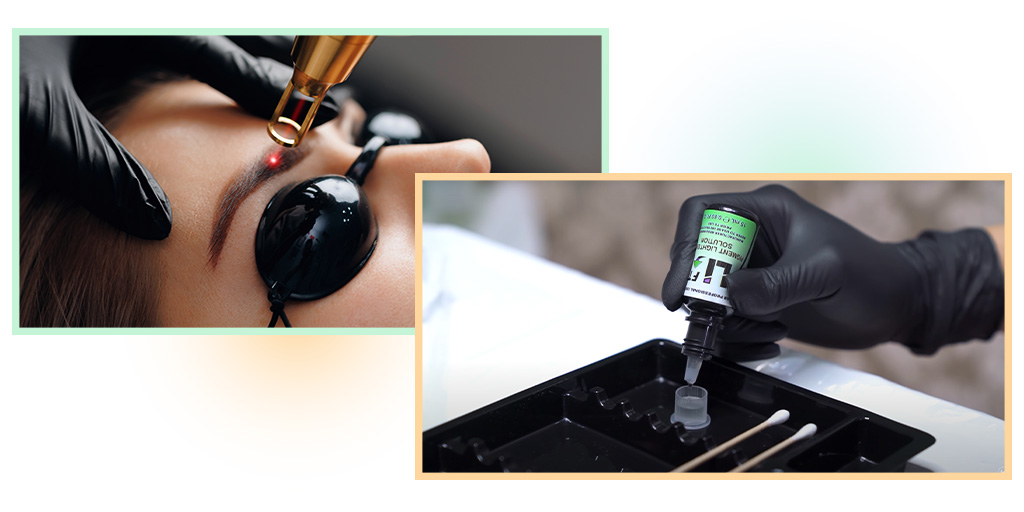
So, Is PMU Removal Inevitable?
In the world of permanent makeup, the need for PMU removal is not a one-size-fits-all scenario. Whether it becomes necessary depends on factors such as the client’s evolving preferences, the quality of initial results, and the degree of pigment saturation. For some, removal might be the only viable option, and this is something we are seeing more often within the industry, as so many clients have had previous work done.
However, the best way to avoid the need for removal is through continued education and skill refinement. By mastering techniques, understanding colour theory, and selecting the right pigments, you can minimise the likelihood of issues that might lead to removal. Investing in your PMU education and staying updated with industry advancements can make a significant difference in achieving long-lasting, satisfying results for your clients.
Managing client expectations and making the right decisions for your business also plays a big role in this. If a client is approaching you for a top-up with saturated brows or lots of pigment remaining in the skin, it is perfectly fine to turn them away and politely explain that they do not need another treatment.
Whether you’re deciding between removal or cover-up for a client or aiming to prevent future removals, staying informed and precise in your practice will always be your greatest asset.
